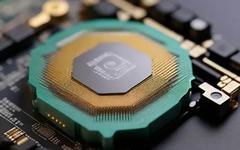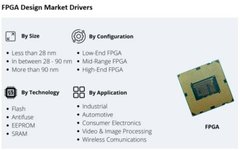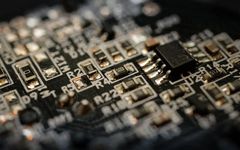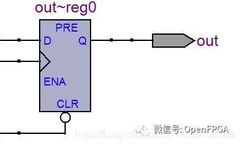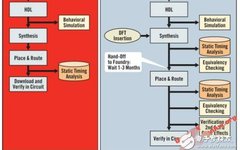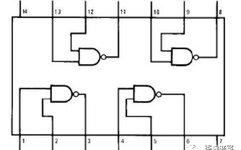Understanding CPU, GPU, ASIC, and FPGA
Source: ZTE Document Original Author: ZTE Document In today’s rapidly changing technology landscape, computing power has become a crucial driving force for social progress and industrial upgrading. In this vast ocean of computation, CPU, GPU, ASIC, and FPGA serve as the four core forces, each playing an irreplaceable role. CPU The CPU (Central Processing Unit) … Read more
